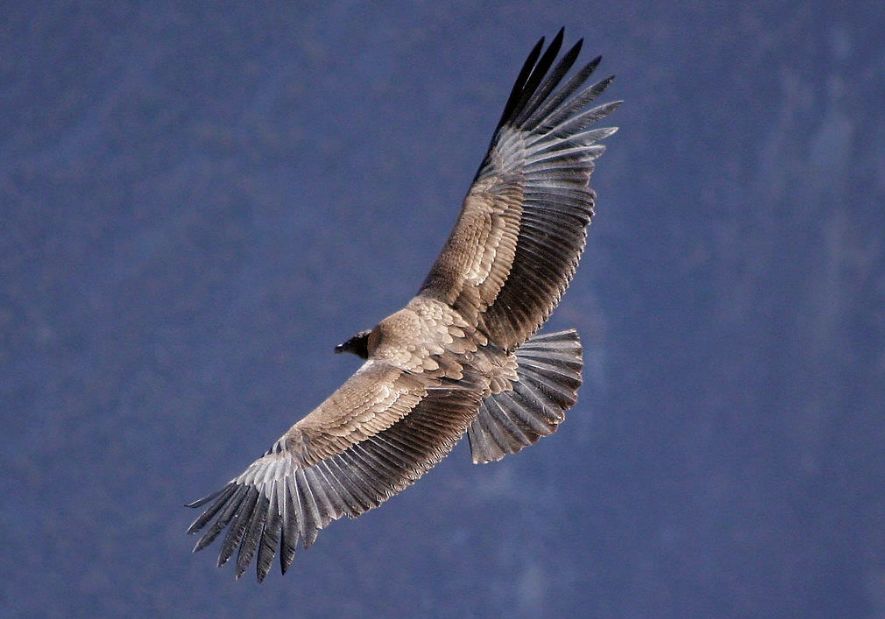30 Seconds With: David Moen

Image: Courtesy Flickr/Ken Jones
The Oregon Zoo runs one of only four breeding programs for the California condor in the country. What’s the program’s primary objective? We’d like to reintroduce the California condor to the Pacific Northwest. But to do that, we need to find suitable nesting sites for them in the wild. At our condor release sites in Arizona, paleo-archaeologists have found condor skulls and shell fragments that prove breeding sites were there in the past. We’re still searching for similar evidence here, because if [the condors] were successful at one site before, they are likely to be successful there again.
What’s the most promising find so far? We’ve found a number of turkey vulture nests in the [Columbia River] Gorge. In California, condors and turkey vultures often overlap, sometimes even sharing nesting sites. If we find more vulture nests, we’ll have a case that’s even better.
Finding these nests can’t be easy. Most are in cliff caves. We bushwhack in, set up rappel lines, and lower ourselves in. But for one location in the Gorge, St. Peter’s Dome, we’ll need a helicopter to drop us off.
In the early 1980s, there were only twenty-two California condors left alive. (There are now 172 living wild in California and Arizona.) Why do they need to return to this area? Really, it’s an Oregon ethos. Their scavenger function is vital to the ecosystem. [The condor] is part of our natural history as well. Besides holding a high place in the cultures of local Native Americans [who call them thunderbirds], condors were first identified to Western science by Lewis and Clark. They called it the "beautiful buzzard of the Columbia."



